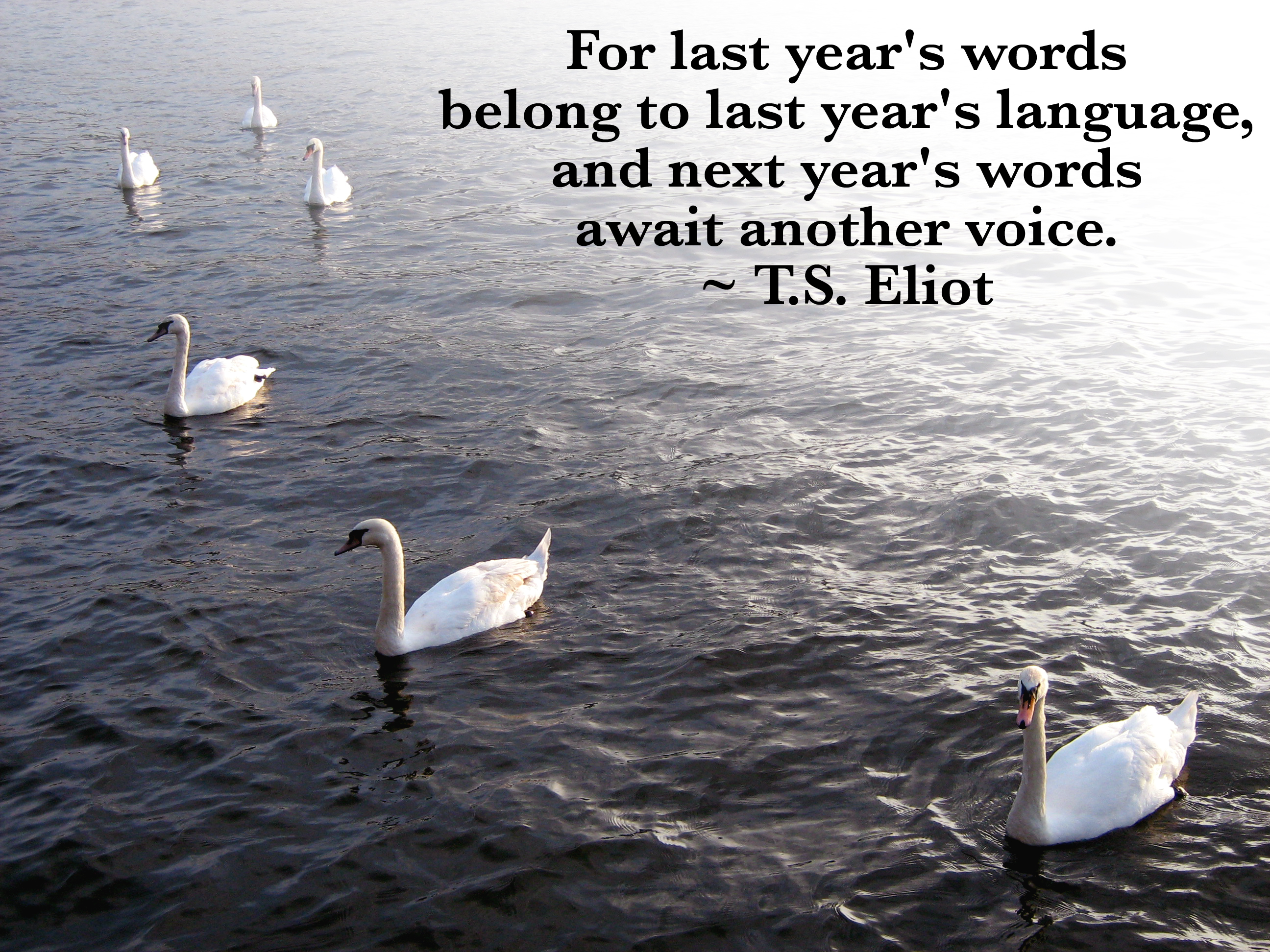Writing for Web – Why are you writing a tome?
 In case you didn’t know, a tome is a very large book, often part of a larger series of books. Exactly what a blog post should not be. And yet every day I see these huge long posts that make my brain want to crawl under a rock and take cover in the fetal position.
In case you didn’t know, a tome is a very large book, often part of a larger series of books. Exactly what a blog post should not be. And yet every day I see these huge long posts that make my brain want to crawl under a rock and take cover in the fetal position.
The problem is that writing for web is often much more challenging than people think. Because if you actually want people to read what you write (and isn’t that the point?), you need to optimize your content for online viewing. Here are some suggestions to bear in mind:
- Use paragraphs. This helps to separate your content into different sections for each unique point or thought, and it also creates lovely white space on the page that is visually appealing to our eyes and brains, increasing the odds that your readers will read the entire post.
- Be aware of ‘the fold’. When a person looks at their computer screen, whatever content is visible without needing to scroll down the page is referred to as “above the fold’. It makes sense to put your most engaging points at the top of your post, in order to draw your reader in and give them a reason to scroll down the page to read more.
- Use the ‘thesis’ approach. In my university English class, we had to practice writing essays in the following format:
- Opening paragraph with a sentence about the topic, followed by the three to five points you want to explore.
- Three to five paragraphs about your topic, with one paragraph per point.
- Closing paragraph that reiterates the points explored and that summarizes your thoughts on the topic.
- Use a list. See, I’m following my own advice already. It doesn’t matter if the list uses bullets or numbers; the point is that a list organizes your points in an efficient way and encourages you to write more succinctly.
- Write succinctly. People read online content much differently than books or magazines. Generally speaking, your audience is probably looking to find information quickly. So help them out by writing short sentences, omit unnecessary adjectives, and strive to write good content with less words.
- Consider splitting your post into a series. If your post is longer than one and a half pages in a Word document, I would recommend dividing your content into sections, and then posting each section as part of a larger series.
What suggestions do you have for writing online content?













Hi Jen,
Technology isn’t making us stupid, but it has changed our initial attention span. A writer, or presenter, only has a few seconds to engage the audience.
Even newspaper and magazine writing has become more like writing for the web. Remember when articles would start near the front of the magazine, but then be continued further to the back of the publication? These days, few readers will bother with flipping through the pages.
Good writing has flow, each thought idea naturally leading to the next. I try for this in my weekly newspaper columns, with varied levels of success.
The last line is critical. Your summation is what most readers will remember, no matter how pithy and interesting the middle of the article may have been.
Oops! Should have read “each thought or idea”.
Thanks Alan – some great feedback.
You’re right – the attention span of today’s reader has changed and people are much more accustomed to switching quickly from one article to another, usually with each covering a much different topic. Writing longer articles that explore several ideas within one common theme must be challenging, but you do a great job!